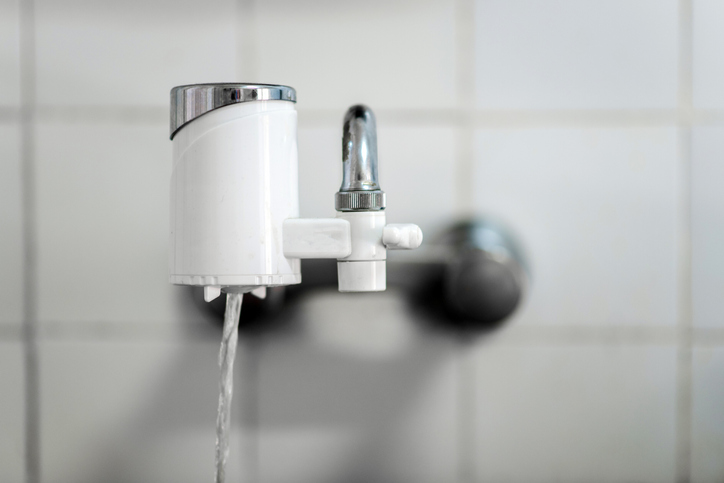Image by Simon Kadula from Pixabay
Since July 2016, the City of Flint’s water system has tested below action levels for both lead and copper during 14 consecutive monitoring periods. The latest six-month monitoring period from Jan. 1, 2023 through June 30, 2023 resulted in a 90th percentile calculation for the samples collected of 8 ppb for lead. This includes Michigan’s stricter-than-federal requirement that a fifth liter sample be collected to better reflect the impact of lead service lines.
The 90th percentile calculation of 8 ppb means 90 percent of the test results used in the calculation came in at or below 8 ppb. The latest testing result is lower than the previous 6-month period result of 9 ppb for lead and remains below the federal action level of 15 ppb.
Test results from 30 residences (Tier 1) and 32 commercial properties (Tier 2) served by lead service lines, showed four sites above the 15 ppb action level. Testing revealed that all four of the results were collected from Tier 2 sites where low water use patterns and aging interior plumbing continue to be contributing factors to lead levels. Of the four elevated results, two of them were attributable to 1st liter samples, which reflect the presence of lead in fixtures and adjoining plumbing. Overall, the results are consistent with data from recent monitoring periods and continue to demonstrate that the city’s corrosion control program is effective.
Tier 2 sites make up a growing portion of Flint’s water sampling pool as Flint’s residential lead service line replacement nears completion. If only the 30 residential sites had been used in the calculation, the result would have been 2 ppb.
All sites were notified of their results and actions were taken to reduce exposure.
Strategies to reduce lead exposure in the home can be found on the State’s Mi Lead Safe website.
Michigan in 2018 adopted the nation’s toughest lead rules for drinking water. The state’s Lead and Copper Rule (LCR) requires that all lead service lines in the state be removed. Water supplies are required to replace an average of five percent of their lead service lines annually over a 20-year period that started in 2021. Starting in 2025, the rule lowers the action level to 12 ppb.
Flint’s testing results can be found by visiting the State’s Flint Water website. Additional information about Michigan’s new testing requirements and results state-wide can be found at Mi Lead Safe.


